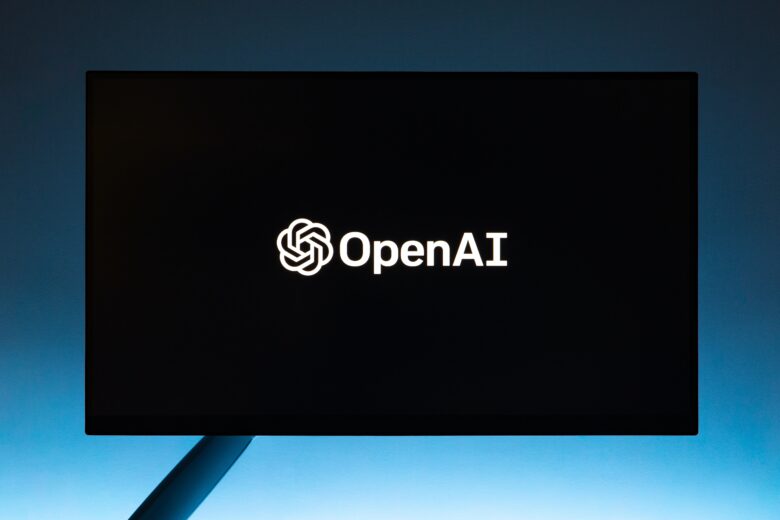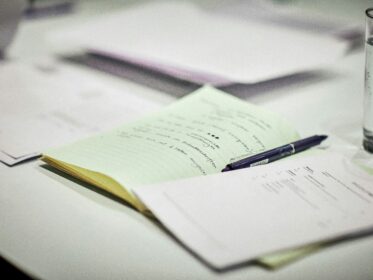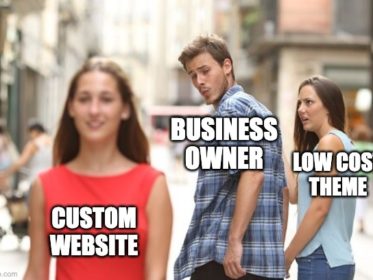
In 2002, I published the following piece, “Give Credit Where Credit is Due: Proper Attribution of Chief Concern for Communicators,” for the Public Relations Society of America’s (PRSA) print publication.
It was the beginning of the huge changes the Internet was already sweeping in — including easy plagiarism of others’ work.
Today, ChatGPT is causing similar concerns for companies, journalists, and writers concerned about how the AI tool relies on others’ ideas and works to create content.
As a professional writer and communicator, and as a consultant, I do not and will not rely on machine tools to create content for my customers. Nor do I copy others’ work — even when a customer will sometimes say, “XYZ competitor has the information — you can use it.” Actually, no I can’t. I’m hard-wired that way.
Anyway, given the current discussion about ChatGPT, I thought I’d resuscitate my PRSA piece. It’s just as relevant today as it was in 2002.
This piece was reprinted in the book, Intellectual Property, Editor: Jennifer Peloso (H.W Wilson, 2003).
Give Credit Where Credit is Due: Proper Attribution of Chief Concern for Communicators
by Dianna Huff
“When you copy from one guy’s stuff, it’s plagiarism; when you copy from ten, it’s research.” – author unknown
Internet sites offering college term papers for sale have become big business, if recent reports cited at Plagiarism.org are any indication. A survey conducted by the Center for Academic Integrity reveals “80 percent of college students admit to cheating at least once” and recent Gallup polls show “respondents consider a crisis in education and a decline in ethics to be the top two problems facing America today.”
But, as the following examples indicate, plagiarism is no longer limited to the hallowed halls of academia.
Pulitzer Prize-winning author Doris Kearns Goodwin shocked the literary world when it was discovered she had “plagiarized other writers’ books in her 1987 bestseller ‘The Fitzgeralds and the Kennedys.'” (Boston Globe, March 24, 2002)
The National Writers Union is investigating whether Yahoo! is selling articles written by freelancers without obtaining permission first.
And, when Disney released its feature animation movie, “The Lion King,” the company was accused of plagiarizing “Kimba the White Lion,” a popular children’s cartoon from the 1970s.
Plagiarism, or using another person’s work or ideas without giving credit, is a complicated subject. Because information is free and readily available on the Internet, it can be difficult to discern between copyrighted material and that which belongs in the public domain.
And because the Internet is so large and unregulated, it’s very easy to misuse copyrighted work. Yet, we are ethically bound to give attribution where it is due – or lose our hard-earned reputations, as Doris Kearns Goodwin painfully learned.
Copyright versus Public Domain
Due to the Internet, we’re no longer in control of the distribution of copyrighted content. Professor Pamela Samuelson argued, in her speech at Duke University’s Conference of the Public Domain a few years ago, that content on public Web sites may be protected by copyright law, but it is “available to all comers without fee or apparent restrictions on use.”
Indeed, misuse of electronic copyrighted material is rampant — as evidenced by my own experience. A few years ago my client gave me a trade publication article summarizing the industry and technological advances. For some reason, the opening paragraphs seemed oddly familiar, and it wasn’t until I clicked on my client’s Web site that I realized why. The writer had used content word for word from my client’s site — without attribution!
From the Internet and its unfettered access to information has sprung a debate about what constitutes the public domain. (For the purposes of this article, I am referring to what Samuelson calls “information free of intellectual property rights.” The public domain, as mapped out by her, includes works published before 1923, numbers, symbols, facts, laws, regulations, scientific principals, and other types of information.)
As Samuelson rightly suggests, what constitutes the public domain is always changing and depends greatly on which side of the fence you’re on.
For example, Lawrence Lessing, the author of the book, Code, and Other Laws of Cyberspace, stated in his July 2002 Open Source Convention keynote address, “Creativity and innovation always build on the past.”
To his way of thinking, copyright laws regarding computer software source code inhibit future innovation. He points out that Walt Disney’s “Steamboat Willie” is a take-off of Buster Keaton’s “Steamboat Bill” and that the Disney Company is built on feature animation movies based on works in the public domain.
Which begs the question for Lessing, if Steamboat Bill had been copyrighted – or Victor Hugo or Hans Christen Andersen – would Disney have an empire today?
So how do you discern between copyrighted material and content belonging to the murky depths of the public domain? Boston-based PR consultant Lyn Chamberlin, President of skyemedia, inc., puts it succinctly when she states, “Everything is in the public domain. And everything requires proper attribution.”
Tips for Avoiding Plagiarism
We’re all inundated with information from business and trade publications, e-zines, newspapers, TV, and radio – so it is very easy to incorporate an idea you’ve heard or read about without attributing the original source.
This is especially true if you read the same idea over and over. For example, I receive articles and e-zines weekly whose authors tell me, “Don’t use the word ‘free’ in subject headlines or body copy because the email won’t get past the SPAM blockers.” I often wonder, would I have to quote anyone if I were to write an article on this topic? Can this “fact” now be considered common knowledge or part of the public domain?
I would argue that no, it isn’t common knowledge; therefore I need to give someone attribution.
To avoid a scandal or any breach of ethics, you must ensure you have given credit where it is due. According to the University of Illinois at Urbana-Champaign’s Graduate School of Library and Information Science, you must give attribution for the following:
- Another person’s idea, opinion, or theory.
- Any piece of information that isn’t common knowledge, including facts, statistics, graphs, and drawings.
- Quotations of another person’s spoken or written words.
- A paraphrase of another person’s spoken or written words.
UC Davis Student Judicial Affairs Web page goes even further. Citing Brenda Spratt’s “Writing from Sources,” UC Davis defines others’ work as “original ideas . . . art, graphics, computer programs, music and other creative expression.”
Both Web sites give excellent guidelines for avoiding inadvertently plagiarizing another’s work. General guidelines from the UC Davis include:
- Using your own words and ideas.
- Paraphrasing by reading over material first, covering it up, and then writing out your idea without looking at the text.
- Always adding quotation marks when quoting word for word.
- Citing the source and page number (or URL) when taking notes.
- Avoiding cutting and pasting information from the Web directly into documents in progress without noting the source.
Protecting copyrighted material
Once you place information on your corporate Web site, it can be difficult to keep track of where it is being used. Other sites will link to yours, content can and will be quoted out of context or misused, and pages can be printed out and photocopied for distribution in classes, lectures, or seminars.
One recommendation is to conduct a search of your company name on the major search engines to see what pops up. If you believe another company or entity is misusing your copyrighted material, contact them asking them to remove the content or link or to give you attribution. Depending on the severity of the problem, you may have to resort to legal recourse.
Always include a copyright notice all your materials – including print and electronic media, software, illustrations, and photos. Companies such as Kinko’s and one-hour photo shops either cannot reprint certain copyrighted materials or are limited in their service to do so.
Plagiarism is a serious accusation for anyone. To ensure you aren’t inadvertently using others’ material, consult scholarly or journalistic guidelines for the correct forms of attribution – and remember to always give credit where credit is due.
Filed under: Our Thinking




